Decorating your home for Swedish Christmas:
Top ten Swedish Christmas presents:
Five magical Swedish winter markets:
How to make your own Swedish glögg mulled wine:
How to make your own Swedish gingersnap cookies:
A Swedish Christmas market with a twist:
How to make Swedish style snaps drinks:


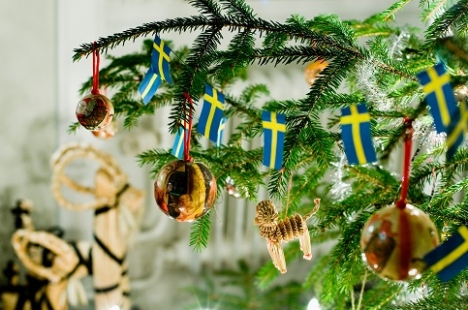
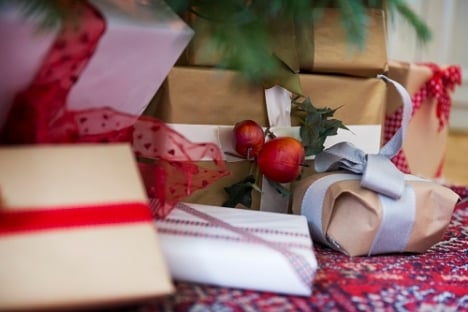
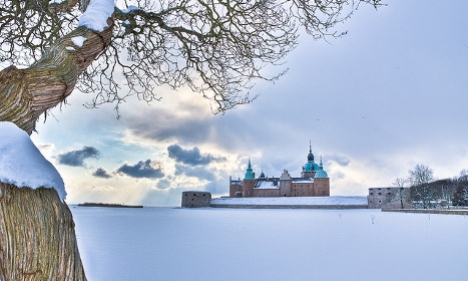
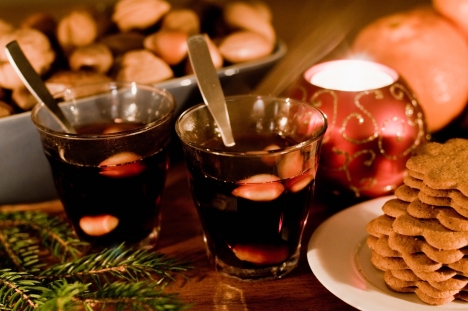

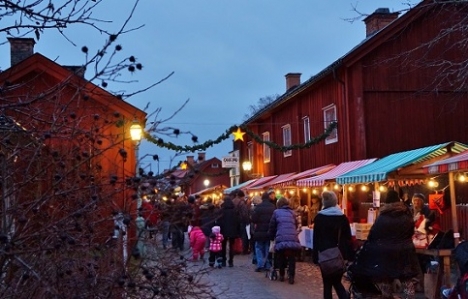

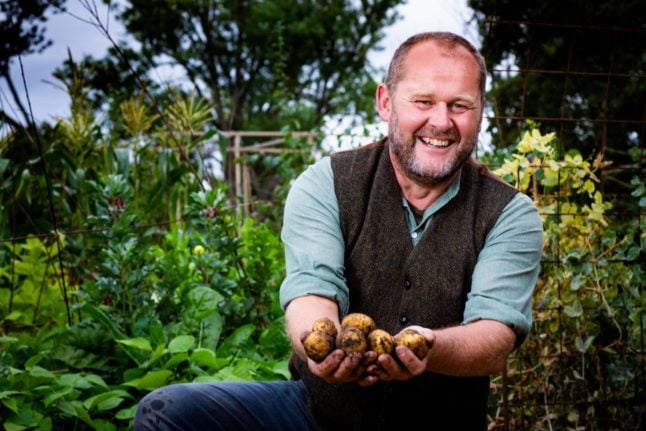

 Please whitelist us to continue reading.
Please whitelist us to continue reading.